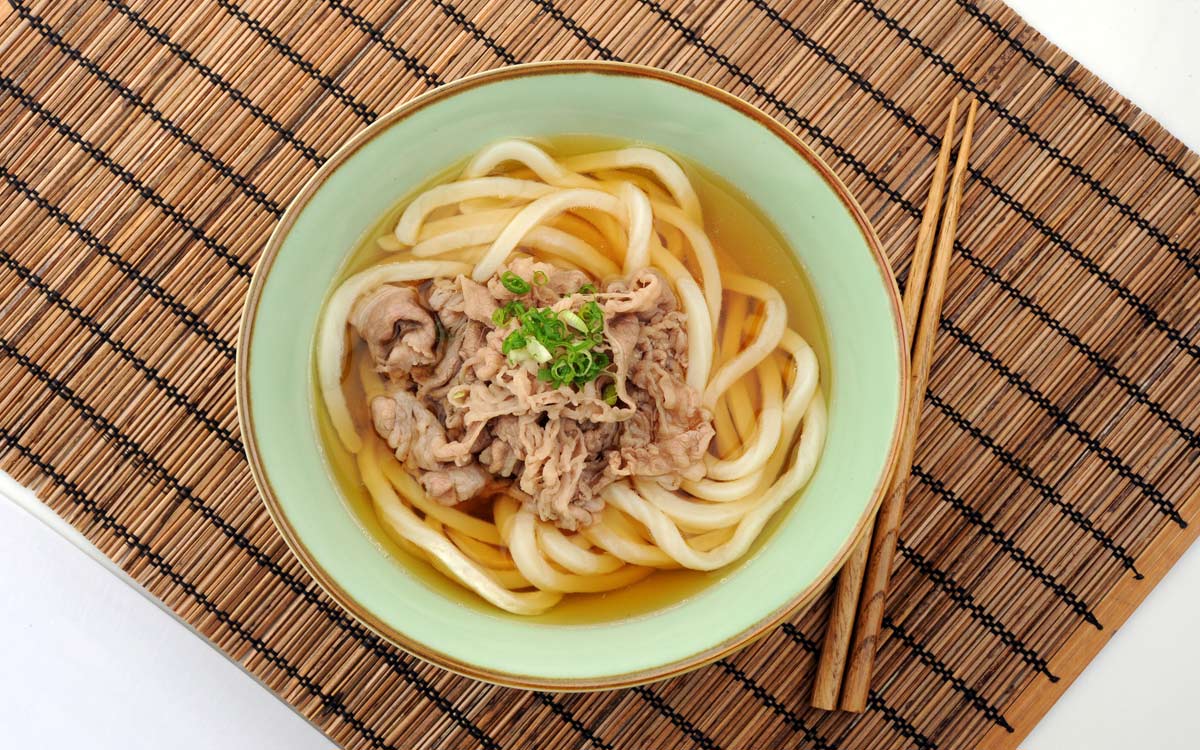Different types of Japanese noodles and how they should be eaten

There is a wide variety of Japanese noodles. Have you ever wondered what are the differences between these different types of noodles and how they should be eaten?
Here are the five most popular types of Japanese noodles.
RAMEN
This Chinese-style wheat noodles has evolved into a Japanese culinary icon with shops in Japan specialising in ramen.
Different regions in Japan even have their own unique take on the dish.
Ramen noodles are made from wheat and traditionally contain a unique ingredient called kansui, a type of alkaline mineral water, which imparts a yellow hue to the noodles.
Some ramen makers substitute this with egg.
Ramen soup stock can be either meat or fish based, and flavoured with three main variations which include miso, shoyu and salt.
TSUKEMEN

Tsukemen noodles are essentially the same as ramen noodles.
The difference is that the broth and sauce is served separately.
The noodles are served chilled with a separate hot broth.
To eat, dip the noodles in the broth and slurp away.
This way of serving and eating the noodles preserves the right balance of heat and maintains the firmness of the noodles.
SOBA

Soba noodles are made from buckwheat, and regarded as the healthiest noodle type.
Soba is also popular as a cold dish with dipping sauce and vegetables to garnish.
The eating style is similar to that of tsukemen noodles.
The most popular variations of soba includes cha soba, where the noodles are mixed with small amounts of green tea powder to give it a nutritious boost and green texture.
YAKISOBA

Yakisoba translates to "fried noodles".
The primary ingredient used in making the noodles is wheat, and yakisoba is thin and curly.
Yakisoba noodles are grilled together with cabbage, carrots, onions and any additional ingredients the diner prefers. It is served together with sweet yakisoba sauce.

Udon noodles are thick and have a chewy texture.
Traditionally, noodle-makers stomp on the dough with their feet to create this unique type of noodle.
Udon noodles easily absorb flavours and suited to strong soup broths.
The softness of the noodles also makes it light on the stomach and easy for digestion.

This article was first published on Dec 22, 2016.
Get The New Paper for more stories.